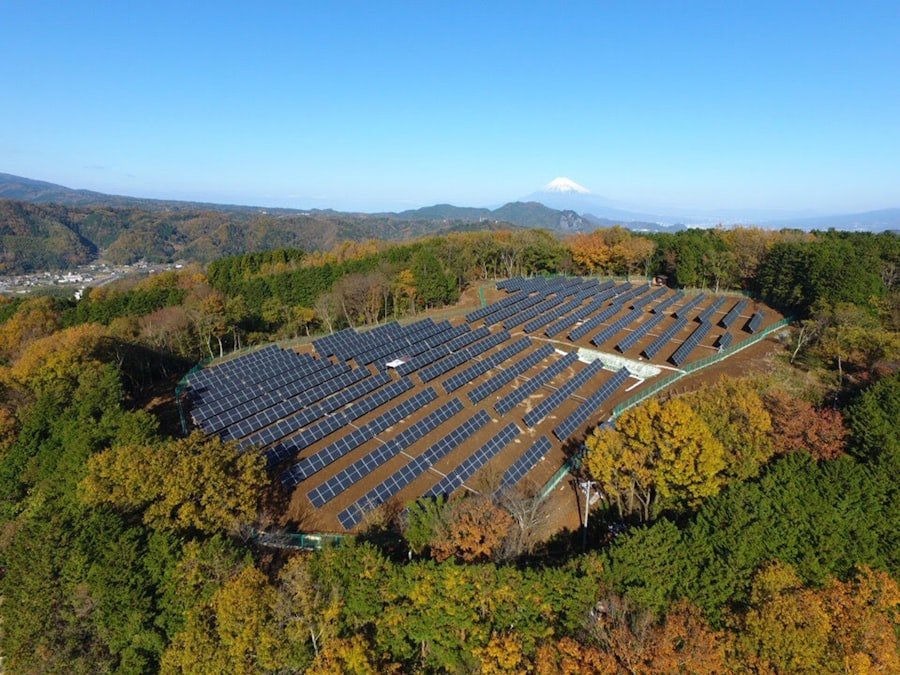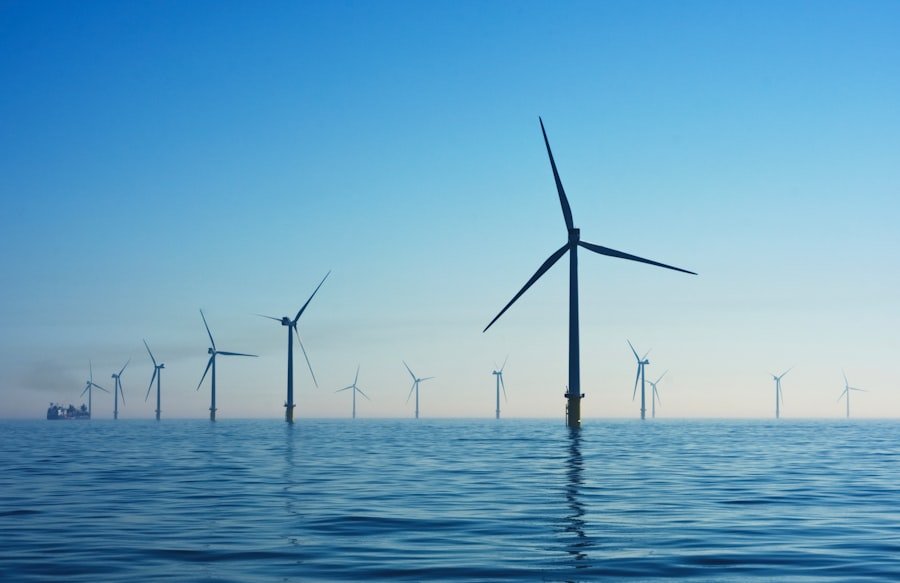Sustainable development is a comprehensive approach to global progress that balances economic growth, environmental conservation, and social equity. This concept emphasizes meeting present needs without compromising the ability of future generations to meet their own. It recognizes the interconnectedness of social, economic, and environmental systems, necessitating decisions that consider long-term impacts across all these domains.
The principles of sustainable development encompass various aspects, including:
1. Inclusive economic growth that reduces poverty and builds shared prosperity
2. Environmental protection and responsible resource management
3. Social equity and improved quality of life for all
Implementing sustainable development involves promoting sustainable consumption and production patterns, conserving natural resources, and ensuring a decent standard of living for all individuals. This requires a holistic approach that addresses complex interactions between different systems and seeks solutions benefiting all stakeholders. Key areas of focus in sustainable development include:
1.Renewable energy adoption
2. Sustainable agriculture practices
3. Responsible resource management
4.Social inclusion and gender equality
5. Universal access to education and healthcare
By addressing interconnected challenges such as poverty, inequality, and environmental degradation, sustainable development aims to create a more equitable and sustainable future for all. This approach requires collaboration between governments, businesses, civil society, and individuals to implement policies and practices that support long-term sustainability goals.
Key Takeaways
- Sustainable development aims to meet the needs of the present without compromising the ability of future generations to meet their own needs.
- The principles of green growth include promoting economic growth while ensuring environmental sustainability and social inclusiveness.
- A circular economy aims to minimize waste and maximize the use of resources through recycling, reusing, and reducing consumption.
- Technology plays a crucial role in sustainable development by enabling innovation, efficiency, and the monitoring of environmental impact.
- Challenges to achieving green growth include resistance to change, lack of awareness, and the need for significant investment in sustainable practices.
The Principles of Green Growth
Sustainability: The Foundation of Green Growth
Green growth recognizes that economic growth must be compatible with environmental sustainability and social equity to ensure long-term prosperity for all. A key principle of green growth is sustainability, which involves ensuring that economic activities do not deplete natural resources or harm the environment. This can be achieved by promoting renewable energy sources, sustainable agriculture practices, and responsible resource management.
Efficiency: Reducing Waste and Pollution
Another crucial principle of green growth is efficiency, which involves using resources more effectively and reducing waste and pollution. This can be achieved by promoting energy efficiency, waste reduction, and sustainable transportation systems.
Inclusiveness: Ensuring Equal Opportunities for All
Inclusiveness is a vital principle of green growth, which involves ensuring that all people have access to economic opportunities and can benefit from economic growth. This can be achieved by promoting social inclusion, gender equality, and access to education and healthcare for all.
The Benefits of a Circular Economy

A circular economy is an economic system that aims to eliminate waste and promote the continual use of resources. It is based on the principles of designing out waste and pollution, keeping products and materials in use, and regenerating natural systems. A circular economy seeks to decouple economic activity from the consumption of finite resources and minimize environmental impact while maximizing economic value.
There are several benefits of a circular economy, including reducing waste and pollution, conserving natural resources, and promoting economic resilience. One of the key benefits of a circular economy is reducing waste and pollution. By designing products with the end in mind and promoting reuse and recycling, a circular economy aims to minimize waste and prevent pollution.
This can help reduce the environmental impact of production and consumption and promote a more sustainable model of economic development. Another benefit is conserving natural resources. By keeping products and materials in use for as long as possible and promoting responsible resource management, a circular economy aims to minimize resource depletion and promote the sustainable use of natural resources.
Finally, a circular economy can promote economic resilience by creating new business opportunities and reducing dependence on finite resources. By promoting innovation in product design, manufacturing processes, and business models, a circular economy can create new economic opportunities and promote long-term prosperity.
The Role of Technology in Sustainable Development
Technology plays a crucial role in advancing sustainable development by providing innovative solutions to complex challenges. From renewable energy technologies to smart agriculture practices, technology has the potential to drive progress towards a more sustainable future. One of the key roles of technology in sustainable development is promoting resource efficiency.
This can involve developing technologies that enable more efficient use of energy, water, and materials in production processes. For example, advanced manufacturing technologies can help reduce waste and improve resource productivity. Another role of technology in sustainable development is promoting renewable energy sources.
Technologies such as solar panels, wind turbines, and hydroelectric power systems have the potential to provide clean and renewable energy sources that can help reduce greenhouse gas emissions and mitigate climate change. Additionally, technology can also play a role in promoting sustainable agriculture practices by providing innovative solutions for soil conservation, water management, and crop optimization. Overall, technology has the potential to drive progress towards a more sustainable future by providing innovative solutions to complex challenges.
Challenges and Obstacles to Achieving Green Growth
While green growth offers many benefits, there are also several challenges and obstacles that need to be addressed in order to achieve sustainable development. One of the key challenges is changing consumer behavior and promoting sustainable patterns of consumption. This can involve overcoming cultural norms and societal expectations around consumption and promoting awareness about the environmental impact of our choices.
Additionally, there are also challenges related to financing green growth initiatives, as many sustainable projects require significant upfront investment. Another challenge is overcoming political barriers to green growth, as many policymakers may be resistant to change or may prioritize short-term economic gains over long-term sustainability. Additionally, there are also challenges related to technological barriers, as many green technologies may still be in the early stages of development or may not yet be cost-competitive with traditional alternatives.
Overall, addressing these challenges will require a coordinated effort from governments, businesses, civil society organizations, and individuals to promote sustainable development.
Examples of Successful Sustainable Development Initiatives

Renewable Energy in Costa Rica
Costa Rica has made significant strides in promoting renewable energy sources, investing heavily in hydropower, wind power, and geothermal energy. As a result, the country is now able to generate nearly 100% of its electricity from renewable sources.
Sustainable Transportation in Denmark
Denmark has successfully promoted sustainable transportation systems, investing in cycling infrastructure, public transportation systems, and electric vehicles. This has led to a significant reduction in carbon emissions from transportation. For those considering a move to Denmark, you can find details on getting residency to take advantage of the country’s sustainable lifestyle and infrastructure.
Sustainable Agriculture in Brazil
Agroecology projects in Brazil have been instrumental in promoting organic farming practices and soil conservation techniques. These initiatives have improved soil fertility, reduced pesticide use, and promoted biodiversity conservation.
These examples demonstrate the potential for achieving green growth through innovative policies and practices that promote sustainability.
The Future of Sustainable Development: Opportunities and Trends
The future of sustainable development holds many opportunities for progress towards a more sustainable and inclusive model of economic development. One key opportunity is the potential for technological innovation to drive progress towards sustainability. From renewable energy technologies to smart agriculture practices, technology has the potential to provide innovative solutions to complex challenges.
Another opportunity is the potential for international cooperation to promote sustainable development on a global scale. By working together to address common challenges such as climate change, biodiversity loss, and poverty alleviation, countries can create new opportunities for progress towards sustainability. Additionally, there are also several trends that are shaping the future of sustainable development, such as the growing focus on social inclusion and gender equality as key components of sustainability.
By promoting access to education, healthcare, and economic opportunities for all people, countries can create new opportunities for progress towards sustainability. Overall, the future of sustainable development holds many opportunities for progress towards a more sustainable and inclusive model of economic development. By addressing challenges such as changing consumer behavior, overcoming political barriers to green growth, and promoting technological innovation, countries can create new opportunities for progress towards sustainability.
If you’re interested in sustainable development and the circular economy, you may also want to check out this article on teaching youth to build businesses. It discusses the importance of educating young people about entrepreneurship and sustainable business practices, which is crucial for creating a more sustainable future.
FAQs
What is sustainable development?
Sustainable development is a development approach that meets the needs of the present without compromising the ability of future generations to meet their own needs. It aims to balance economic, social, and environmental considerations.
What is green growth?
Green growth refers to a development strategy that promotes economic growth while ensuring that natural assets continue to provide the resources and environmental services on which our well-being relies. It emphasizes the importance of sustainable and efficient use of resources.
What is a circular economy?
A circular economy is an economic system aimed at eliminating waste and the continual use of resources. It focuses on reusing, sharing, repairing, refurbishing, remanufacturing, and recycling to create a closed-loop system, minimizing the use of raw materials and reducing waste.
What are the benefits of sustainable development, green growth, and circular economy?
The benefits include reduced environmental impact, resource efficiency, job creation, economic growth, improved public health, and enhanced resilience to climate change and other environmental challenges.
How can individuals contribute to sustainable development, green growth, and circular economy?
Individuals can contribute by adopting sustainable lifestyle choices, such as reducing energy consumption, minimizing waste, supporting eco-friendly products and businesses, and participating in recycling and reusing initiatives. They can also advocate for policies and practices that promote sustainable development.
